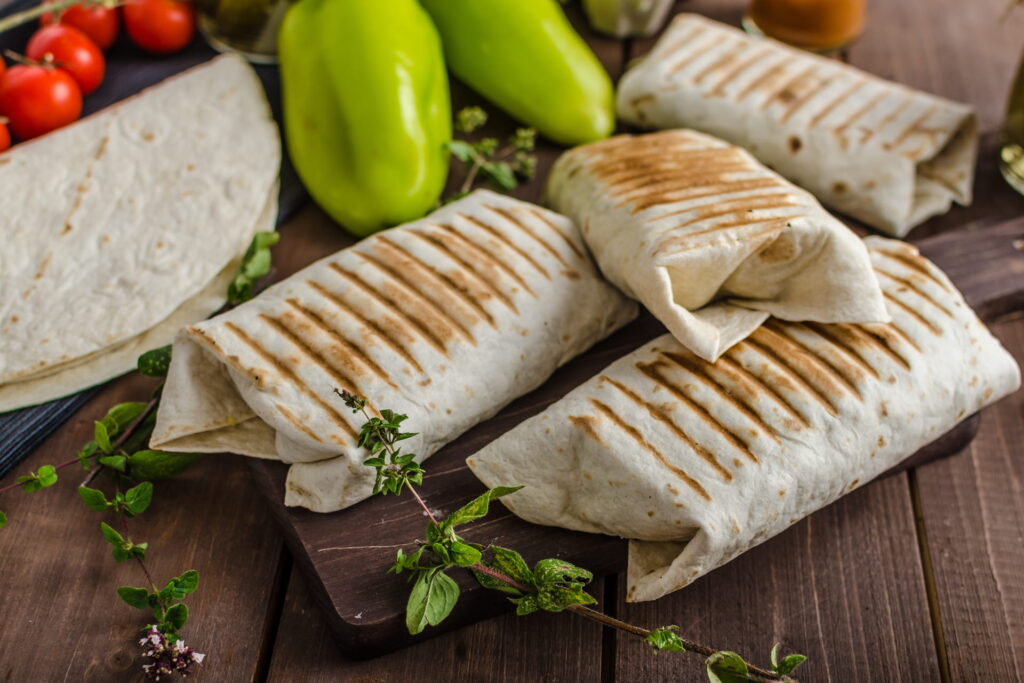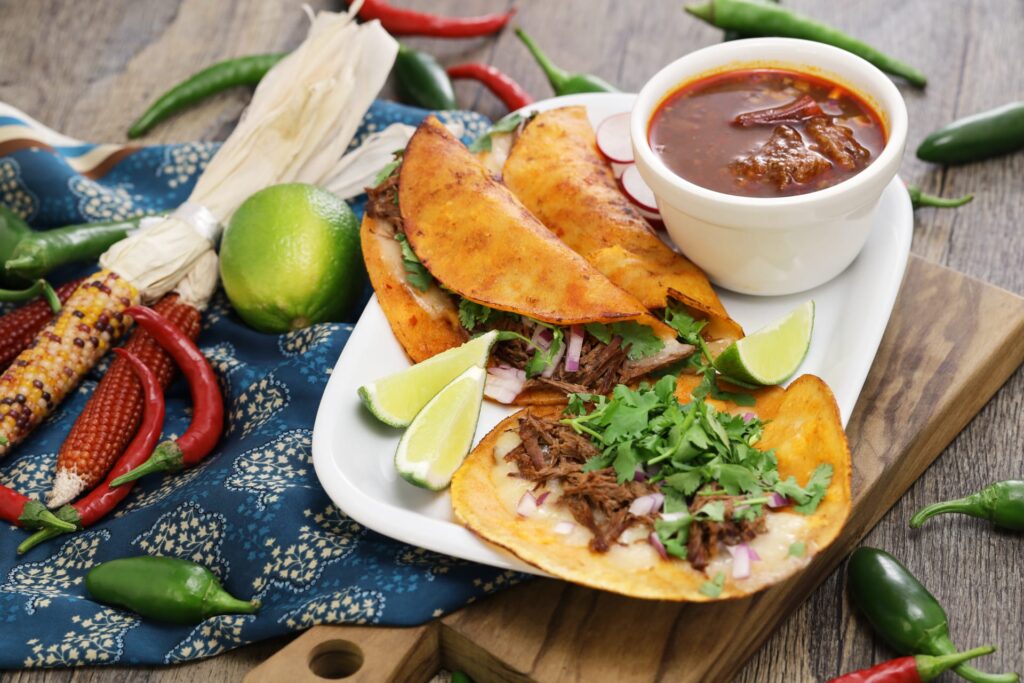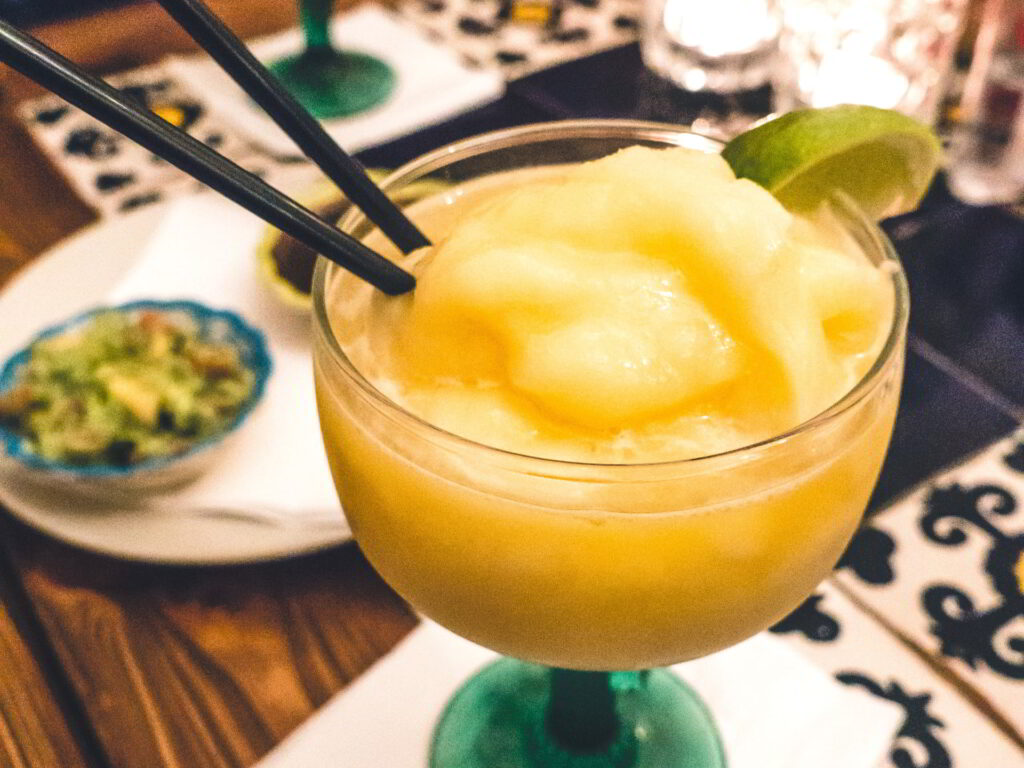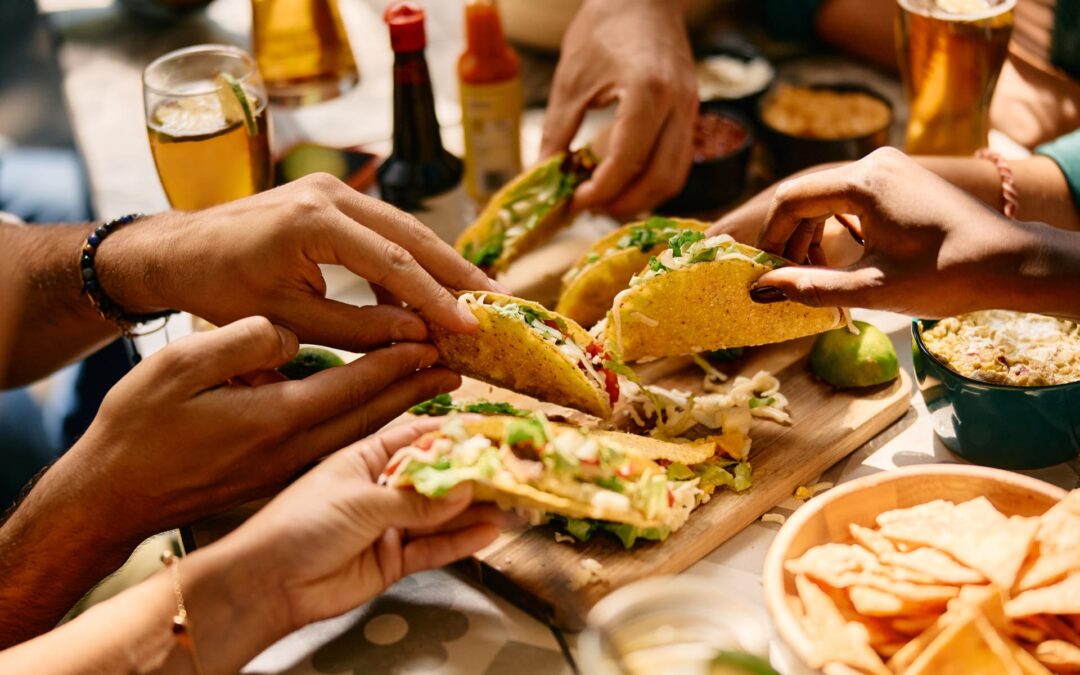Authenticity doesn’t just come from what’s on the plate—it comes from how it’s made. When a Mexican restaurant honors traditional cooking techniques, every element from the aroma to the last bite tells a deeper story. The signs are subtle, but once you recognize them, they’re impossible to miss. Burritos Grill puts it simply: “Flavor should come from time, not shortcuts.”
Mexican restaurant traditions rooted in real flavor
True technique isn’t always flashy. Sometimes, it’s a soft sizzle in the kitchen, a handful of fresh cilantro instead of dried seasoning, or a salsa that stings the tongue just right. At places where tradition matters, there’s usually someone who learned by doing—not reading. The signs of that experience show up on the plate, bite after bite.
-
Many cooks inherit techniques from older generations
-
Traditional recipes are often done by feel, not exact measurement
-
Consistency in flavor usually comes from repetition, not automation
1. Bold flavors you can taste immediately
Authentic Mexican dishes don’t whisper—they speak up. Seasoning is never timid, and flavor combinations are layered with intention. From smoky chipotle to roasted garlic and citrus marinades, there’s always something that surprises the palate in the right way.
Restaurants that honor the old ways know when to hold back and when to go all in. This isn’t about spice for the sake of heat—it’s about depth. The USDA has reported how spices like cumin and chili powder, when cooked properly, even enhance digestive enzymes and aid in food absorption.
-
Traditional dishes rely on deeply infused spice blends, not surface-level seasoning
-
Many sauces are simmered for hours to balance bitterness and sweetness
-
You’ll rarely need bottled hot sauce because the food is already balanced
2. Fresh ingredients that don’t come from a can
Canned beans and pre-chopped vegetables have their place—but not in a kitchen that cares about authenticity. Fresh tomatoes blistered on the comal, onions diced moments before hitting the skillet, and herbs chopped by hand are essential signs.
A report from the FDA highlights how fresh produce, when handled properly, maintains significantly higher levels of antioxidants and vitamins compared to pre-processed ingredients. Flavor follows freshness—it always has.
-
Fresh cilantro and lime juice provide brightness that dried or bottled versions lack
-
Salsa and guacamole made fresh daily retain color, texture, and taste
-
Vegetables are often roasted or grilled to bring out natural sweetness
3. Dishes like hand-rolled burritos and sizzling fajitas
Technique shows in the details. Whether it’s a burrito that holds its shape because someone rolled it with care, or fajitas that arrive still crackling from the grill—these classics aren’t just about popularity. They’re about doing them right.
Hand-rolling takes practice. Searing meat for fajitas takes timing. According to research by the USDA, the searing process creates flavorful compounds through the Maillard reaction, which also improves aroma and texture.
-
Fajitas should be served hot and still sizzling, not pre-assembled or microwaved
-
Burritos should feel tight and full, not overstuffed or sloppy
-
Toppings are typically added at the end to maintain texture

4. Time-honored recipes passed through generations
There’s history in every good kitchen. A recipe that’s been carried across borders or passed down in spiral notebooks often carries more weight than one pulled from a trending app. When recipes come from lived experience, they’re more likely to stay true to their roots.
Traditional Mexican recipes rely on subtle decisions—how long to toast chilies, how finely to grind corn, what kind of oil to use for frying. These aren’t instructions you find on the back of a spice jar.
-
Generational recipes often avoid shortcuts like bouillon cubes or premade sauces
-
You’ll notice differences in mole, salsas, and tamales that reflect specific family origins
-
The same dish may taste slightly different on different days, showing it’s cooked fresh
5. Local produce that supports regional integrity
A restaurant serious about authenticity often sources locally when possible. Not just because it’s trendy—but because it mirrors how traditional Mexican food is made in its home regions: with ingredients that grow nearby.
The USDA’s Local Food Directories show how small-scale sourcing improves quality, freshness, and environmental impact. Restaurants that connect with local farms usually take more care in prep, storage, and handling.
-
Freshness improves the texture and taste of everything from salsa to tortillas
-
Local chilies and herbs often hold stronger aroma and color
-
Seasonality may influence the menu based on availability, not just profit

6. High-quality meats prepared with care
Meat isn’t just another protein—it’s the foundation for dishes like carne asada, barbacoa, and carnitas. When a restaurant uses choice cuts, slow marinades, and slow-cooking techniques, the difference becomes obvious fast.
Barbacoa, for instance, is traditionally made by steaming meat underground in maguey leaves. While that exact method may not always be possible, respecting its roots means cooking low and slow to bring out fat and collagen, not shredding dry meat straight from a pressure cooker.
-
Marinades are typically made in-house, not poured from store-bought bottles
-
Meat is often trimmed by hand to preserve the right texture and fat content
-
Cooking is done in stages—browning, simmering, resting—not just reheating
7. Handcrafted margaritas made with fresh citrus
Not everything has to be food to be traditional. A margarita made with fresh-squeezed lime juice, good-quality tequila, and agave syrup reflects the same care you’d expect in the kitchen. The difference between a well-made cocktail and a bottled mix is obvious at first sip.
According to the CDC’s Dietary Guidelines, fresh juices offer better vitamin retention and lower added sugar levels than artificial mixes. In short, handcrafted drinks complement authentic food.
-
Traditional margaritas skip the artificial colors and syrups
-
Bartenders often shake by hand, not use premade slush mixes
-
Fresh lime juice and orange liqueur give complexity over sugar overload

Key takeaways: How to spot if a Mexican restaurant honors traditional cooking techniques
Spotting a Mexican restaurant that honors traditional cooking techniques means looking past aesthetics and straight into the details. From how the tortillas smell to how the fajitas sound, every sign points to something deeper—a philosophy rooted in patience, respect for ingredients, and skill built over years. True tradition isn’t just tasted—it’s noticed in the rhythm of the kitchen and the freshness on the table.
-
Bold flavors, when done right, tell you care went into the seasoning
-
Fresh ingredients bring color, aroma, and texture to every dish
-
Classic dishes are often hand-prepared using recipes passed through generations
FAQs
1. What sets traditional Mexican flavors apart from Americanized versions?
Traditional flavors rely on balance—acid, spice, and earthy depth—while Americanized versions often add excess cheese, salt, or sugar.
2. Why do handcrafted margaritas matter in an authentic setting?
They reflect the same attention to freshness and balance as the food, and show a commitment to making every part of the meal matter.
3. Is using locally sourced produce traditional in Mexican cooking?
Yes. In Mexico, dishes are typically made with what grows nearby. Authentic restaurants try to reflect that by using local ingredients wherever possible.
4. Are fajitas a traditional Mexican dish?
Fajitas have roots in Tex-Mex cuisine, but the way they’re prepared—marinated, grilled, and served sizzling—can reflect traditional cooking values.
5. What does it mean if a restaurant changes its menu by season?
It often signals respect for ingredient quality and tradition, showing the chef’s commitment to using what’s fresh and true to the cuisine’s roots.


